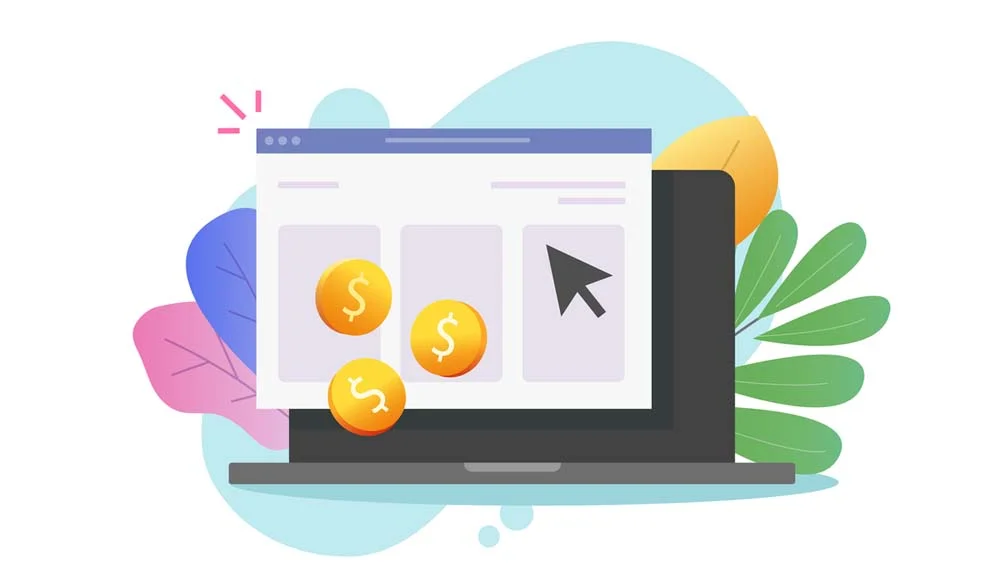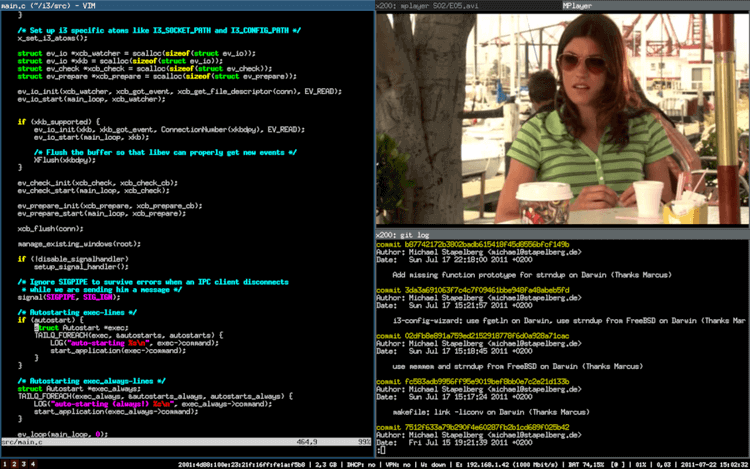We all love websites and what they can give us in terms of value and information. The question remains though: What is the cost of building a website? This is a question with many answers. The truth is, the cost of building a website actually varies greatly and depends on various factors. You have to determine first: will you build a simple blog or an e-commerce site that will require some complex elements and functionalities? The type of website and its features play a huge role in the price. Moreover, the cost of building a website will also depend on whether or not you’re going to hire freelancers, work with an agency, or use a DIY website builder.
I know that the process may sound and feel complicated or overwhelming, but I promise it’s actually very simple. Once you decide on what you need and want, things will take an easier slope. I am here with this guide to make sure of it. Make sure that you get all you need in order to determine what the cost of building a website of your own will be. Take into consideration that it isn’t just the building process that requires money. You have website maintenance to think of as well. Additionally, there are additional costs like hosting and security updates that I will be discussing in this guide. Knowing all these contributing factors will help you in planning a budget for your website efficiently. Dive in deep with me in order to understand and learn how to create a cost plan for your website development journey.

When it comes to the cost of building a website, things start to widely vary. It all depends, like I said in the introduction, on the type of site that you are creating. Still feeling lost? Let me tell you what those types are comprehensively in order for you to be able to tell which one you should opt for. Let’s start with a personal website. This is a website that is often considered the simplest of them all. The cost ranges from $100 to $1000 depending on the design and hosting necessities. A personal website is one that is perfect for portfolios or blogs, focusing on personal branding rather than complex features. Next on our list are small business websites. these sites cost between $1000 and $10,000. That is, because they offer essential features like contact forms, service pages, and basic SEO tools that can help local businesses reach customers.
Onwards with the variety of types. If you’re aiming to go bigger, an online e-commerce store or site would go under that category. These websites tend to be more costly. Why? They contain product pages, secure payment processing features, and inventory management needs. These are all considered complex features that, when acquired, range from $5000 to $50,000. I know we’re playing with big numbers now; however, I don’t know if you’ll believe me or not but some websites actually cost more than $50,000. The ones that cost more are called web applications. These could be like social media platforms or SaaS tools. These are considered the most complex, as they can range from $20,000 to $100,000 depending on their functionality.
The Structure and the Cost of Building a Website
Contents
One more thing to add: did you know that the structure that you use to build a website is another cost contributing factor? Static websites are affordable but offer limited interactivity, while dynamic sites adjust content based on user input, costing more. CMS-based websites (e.g., WordPress) provide a middle ground in terms of cost and customization. When you understand all of these cost-related factors, you will have a better chance at setting a budget that suits your website.
Essential Components Influencing Website Cost
It is essential that you understand the cost of building a website by knowing the needed components that can influence the total cost. But what are these elements and why are they that important? Let me enlighten you:
- Domain and Hosting Costs: The first step is securing a domain name, which is your website’s unique address. Domains typically range from $10 to $50 per year, while hosting (where your site’s data lives) can vary widely, from $5 a month for shared hosting to hundreds for dedicated servers.
- Design and User Interface (UI) Expenses: Good design is crucial for the user experience. Custom designs cost more than templates but create a unique look that sets your brand apart. This component can range from a few hundred dollars to several thousand for complex, custom designs.
- Development and Coding Costs: Coding is where the “behind the scenes” work happens, bringing your site to life. Costs depend on the site’s complexity—simple sites may cost less, while dynamic websites with complex functionalities like e-commerce can reach thousands of dollars.
- Content Creation and Copywriting: High-quality content is vital for engaging visitors. Costs here include writing, image selection, and video production.
- SEO and Marketing Add-ons: To attract traffic, SEO tools and marketing integrations are needed. Costs vary but are essential for visibility and long-term growth.
Additional Features and Their Impact on Cost
I know that by now you have had an idea of what are the features that can help you determine the cost of your website. But what about additional features and how they contribute to your cost or budget planning? This is what we will discuss now. The functionality for E-commerce for example, involves more than just adding a “buy now” button. These websites require secure payment processing, a smooth checkout process, product display options, search features, and an inventory management system. Each of these elements adds complexity and, therefore, cost. If you want to integrate with major payment gateways like PayPal or Stripe, expect additional fees and development time. Then there are interactive elements like forms and chatbots. These do also come at a certain price. I know that you may ask, does my website need all of these elements?
The answer is yes; these are elements that make your site invaluable. They allow you to get user feedback, enhance your website through them, and help your site visitors receive 24/7 support. Take chatbots for example; they can help automate customer service to be available for your users at all times. Developing them is another story. As they can be more costly to implement, especially for AI-driven options. Take into consideration that security is another key element that is of great importance. Why am I emphasizing it? As it can get overlooked at times.
SSL certificates, firewalls, and encryption protocols ensure safe browsing but require upfront and sometimes ongoing expenses. Finally, integrations with third-party platforms, such as social media or CRM systems. These elements can enhance user experience but will need API work or custom coding, which can add up quickly. This whole paragraph is about the balance that you should create between user experience and your budget. In order to craft one that is suitable, you have to determine and prioritize your features.
Ongoing Maintenance and Support Costs

What happens after your website is live? Many people overlook ongoing maintenance and support costs, but these are crucial for keeping your site functional and secure. Regular updates are needed to keep your software current and protect against potential vulnerabilities. But how often should you update? Most sites require updates at least once a month, especially if they rely on content management systems like WordPress, which frequently release patches.
Then there’s technical support. If something goes wrong, like, for example, a plugin that fails or a page that loads incorrectly or in a speed that isn’t what you wished for, having access to reliable support will help you in time of need and save you a lot of frustration. Security monitoring is another essential element. Websites are frequent targets for cyberattacks, so investing in routine monitoring and adding security protocols like firewalls and SSL certificates is necessary. And don’t forget about backups! In the very sad event of a data loss, regular backups ensure you won’t lose valuable information. These ongoing costs can vary, but planning for them helps maintain a stable, secure website over time.
Hiring Options and Their Cost Implications

When it comes to building a website, what’s the best route for hiring help? Should you go with a freelancer, an agency, or try a DIY website builder? Each option has unique benefits—and costs. Freelancers often come at a lower price, providing flexibility and specialized skills, but what about reliability? While freelancers can be cost-effective, agencies offer the advantage of a full team, handling everything from design to SEO.
However, this often comes at a premium, which might be out of reach for smaller budgets. And then there’s the DIY website builder—tools like Wix or Squarespace make it easy to design a site independently, often with low monthly fees. But is this enough for a professional brand? DIY solutions limit customization and scalability, which can be restrictive if your business grows. Each approach has trade-offs, so the best choice depends on your project’s size, budget, and need for professional support.
Wrapping It Up!
In conclusion, calculating the cost of building a website requires a clear understanding of multiple factors: from the type of website to design, hosting, maintenance, and added features like e-commerce or SEO tools. Remember, aligning your goals with your budget is key to an effective, streamlined process. To simplify development further and cut costs, consider a no-code approach. For example, nandbox’s no-code native App Builder empowers you to create feature-rich, fully customized applications without the expense of traditional development. Ready to bring your idea to life? Explore the possibilities with nandbox and build your app efficiently and affordably.





